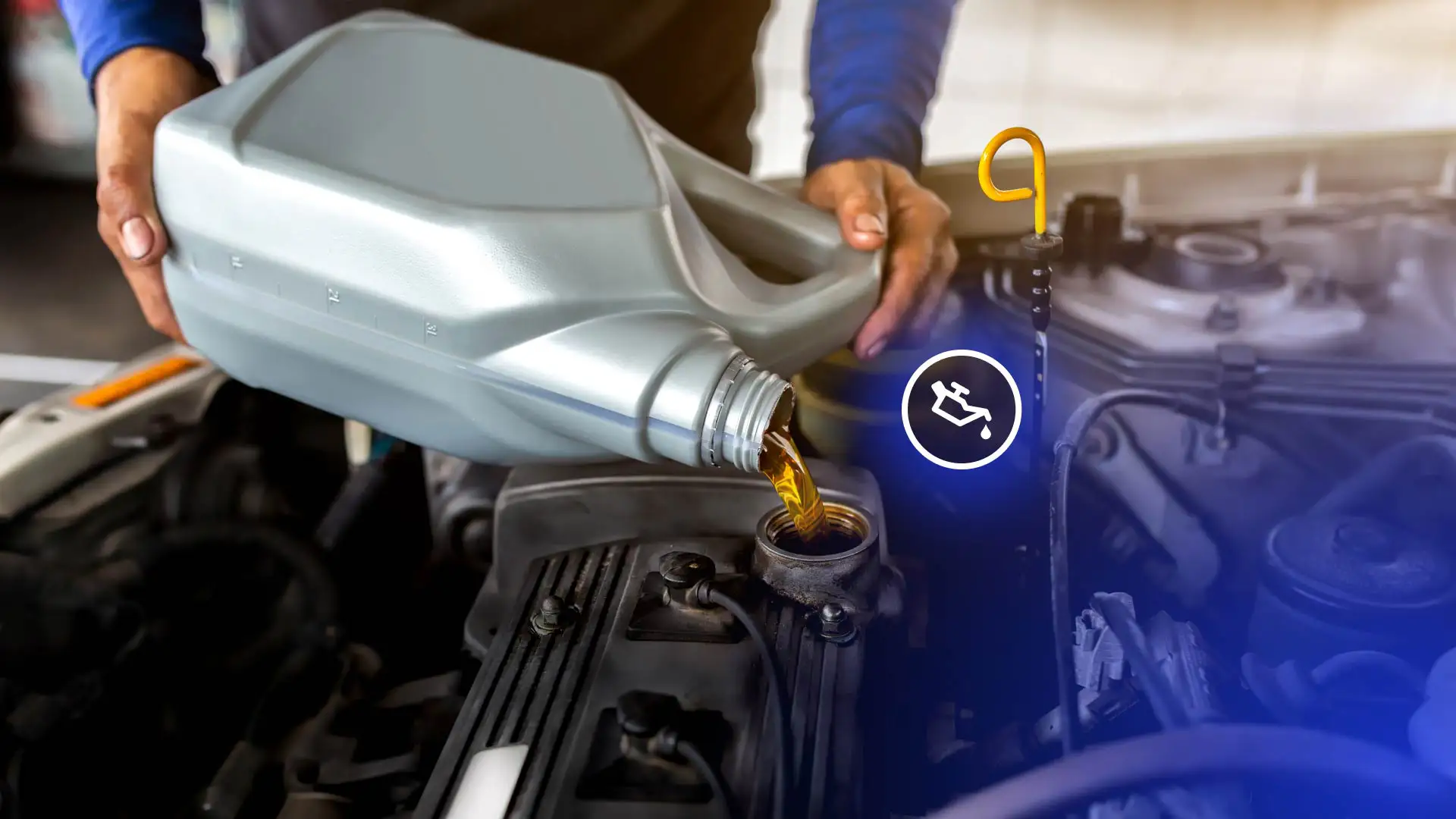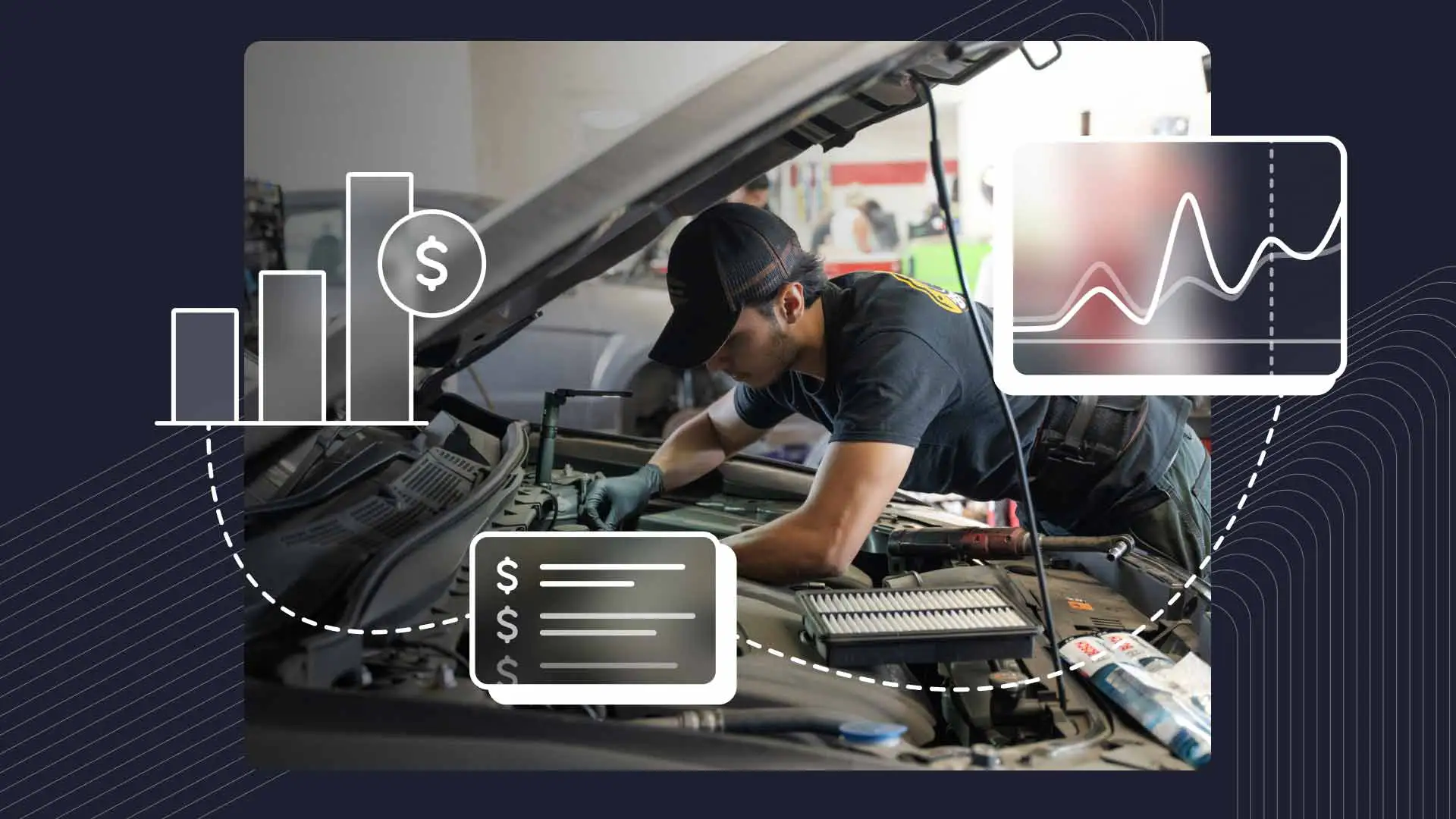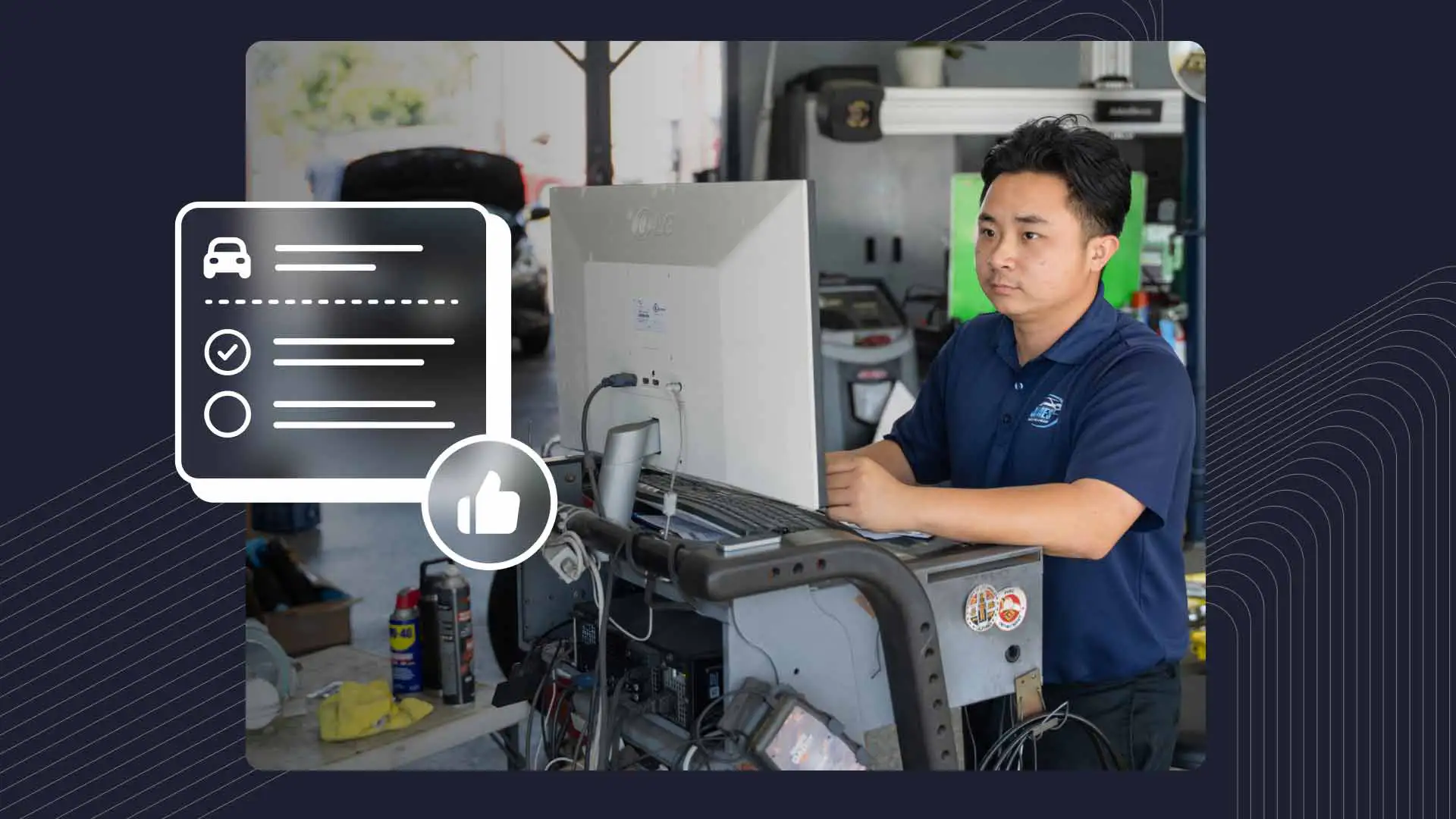Quick lube shops are all about high volume and tight margins. Success isn’t based on hitting home runs with every service, but rather how many vehicles you can move through your bays efficiently. Working with slimmer margins also means every dime counts, so you can’t afford to be fast and loose with the operation.
Some of the best ways an in-and-out oil change business can tighten up the reins are by optimizing inventory and minimizing waste. Whether it's buying in bulk, recycling used oil filters, or even tweaking your shop’s layout, small improvements can have a noticeable impact on your bottom line. Let’s explore some of the best practices and tools to help you run a leaner, more efficient shop with happy customers and healthy profits.
Getting Your Inventory Right
Oil Inventory
Your shop runs on oil, and getting a good handle on it is super important. Look at things like historical data and seasonal trends to accurately forecast your inventory needs. For example, you may notice that demand spikes when temperatures drop as more customers bring their cars in for maintenance.
Consider the pros and cons of buying oil in bulk vs. placing smaller orders more often. Purchasing large quantities at a time can be cost-effective and help prevent stock outs, though it does require more space and tie up capital in inventory. Smaller orders can be more expensive, but they’re easier to store and allow you to offer more variety.
Speaking of storage, bulk oil tanks must be handled carefully and kept in climate-controlled areas to avoid moisture and contamination. It’s also easier to keep products fresh when they’re ordered more frequently. And don’t forget about those new vehicles on the road. With oil needs all over the map, you'll want to stay updated on the latest manufacturer recommendations.
Filter Inventory
Carrying a nice selection of filters keeps the shop running smoothly; just don’t overstock, or you’ll be left with unusable products. Cross-reference guides can help you find filters that work for multiple vehicles, reducing the number of SKUs you need to carry. Rotating your stock regularly helps ensure older filters don’t grow roots on the shelf, and storing them in a cool, dry place keeps them out of harm’s way.
Other Supplies
Beyond oil and filters, your quick service automotive shop uses other supplies like wipers, coolant/antifreeze, and drain pans. Keep an eye on these items so you don’t run out or wind up with too much. A good point-of-sale (POS) system can help you track everything and even automate the reordering process. Also, make sure your shop has a clean, organized storage area. Supplies should be clearly marked and easily accessible so you can monitor stock levels and keep things running smoothly.
Cutting the Waste
Reducing Oil Waste
Any way you slice it–financially or environmentally–cutting oil waste is a win. Using the right tools and techniques is a good place to start. A portable vacuum oil extractor, for example, lets you drain oil smoothly into a sealed container without making a mess. And simple hacks, like pushing upward while unscrewing the drain plug, can help prevent sudden spills.
Other options include an oil recycling system, where shops collect and store used oil, which is then picked up by a waste management service that re-refines, reconditions, and reintroduces it into the refinery process. When it comes to disposal, follow all local requirements to the letter. Working with a certified recycler should help keep everything aboveboard.
Filter Waste Reduction
Before discarding used filters, double-check to make sure they’re completely drained. A filter crusher gets them nice and compact–about hockey puck size–and ready for recycling, which is the responsible way to dispose of these items.
Conserve and Reuse
The same mindset should apply to other shop supplies like lubricants and cleaning fluids. Train your team to use only what they need for each job. And give them regular reminders–maybe even offer incentives for being proactive. Another way to cut down on waste (and save some scratch) is by switching from disposable wipes to reusable towels and rags.
Waste Less Time
Time is money, and you don’t want to waste either. Look at your shop–is it set up for efficiency? Are the tools and supplies your team uses most often easy to access? Speaking of which, investing in quality tools and training for your staff will end up saving you time and resources down the road. And up front, the right POS system can speed up transactions while reducing customer wait times.
Tools and Tech
Inventory Management Software
You shouldn’t have to guess when it’s time to reorder parts and supplies. The right auto shop inventory management software can monitor stock levels, anticipate demand, and even reorder automatically. Plus, integrating it with your POS system provides real-time updates so you can avoid shortages or overstocks.
Oil Analysis Tools
Oil analysis tools help you check the condition of engine oil and catch potential issues. Offering oil testing services is a value-add for customers that can extend the time between oil changes, potentially saving them money and scoring you trust points.
Shop Management Systems
You can also speed up the quick lube process with a digital vehicle inspection (DVI), which lets you check and document things like oil and coolant levels, hoses, filters, and other parts of the car. Instead of written reports, DVI software uses images and graphics to show customers what’s happening with their vehicles, improving communication while saving time and reducing paper waste.
Quick Lube Efficiency Keys
Running an efficient quick lube shop starts with better parts management and less waste. Simple changes like forecasting demand, using the right tools, or optimizing your shop’s layout can make a big impact. Try one, or any of the others we discussed, to see how even small tweaks add up for your bottom line.
Want to keep profits healthy by fine-tuning inventory, cutting waste, and speeding up workflows? Request a demo of Shopmonkey’s oil change software–formulated for quick lube shops–today!




